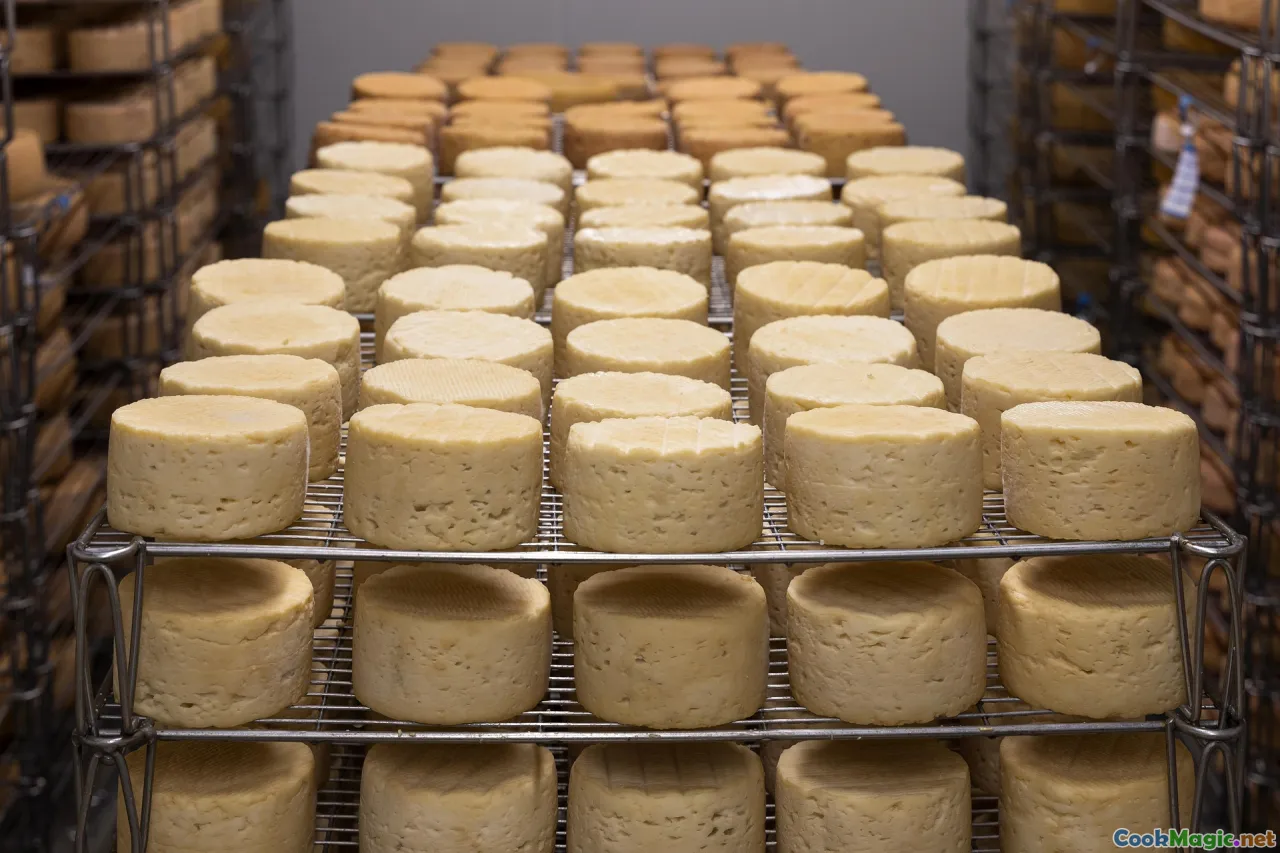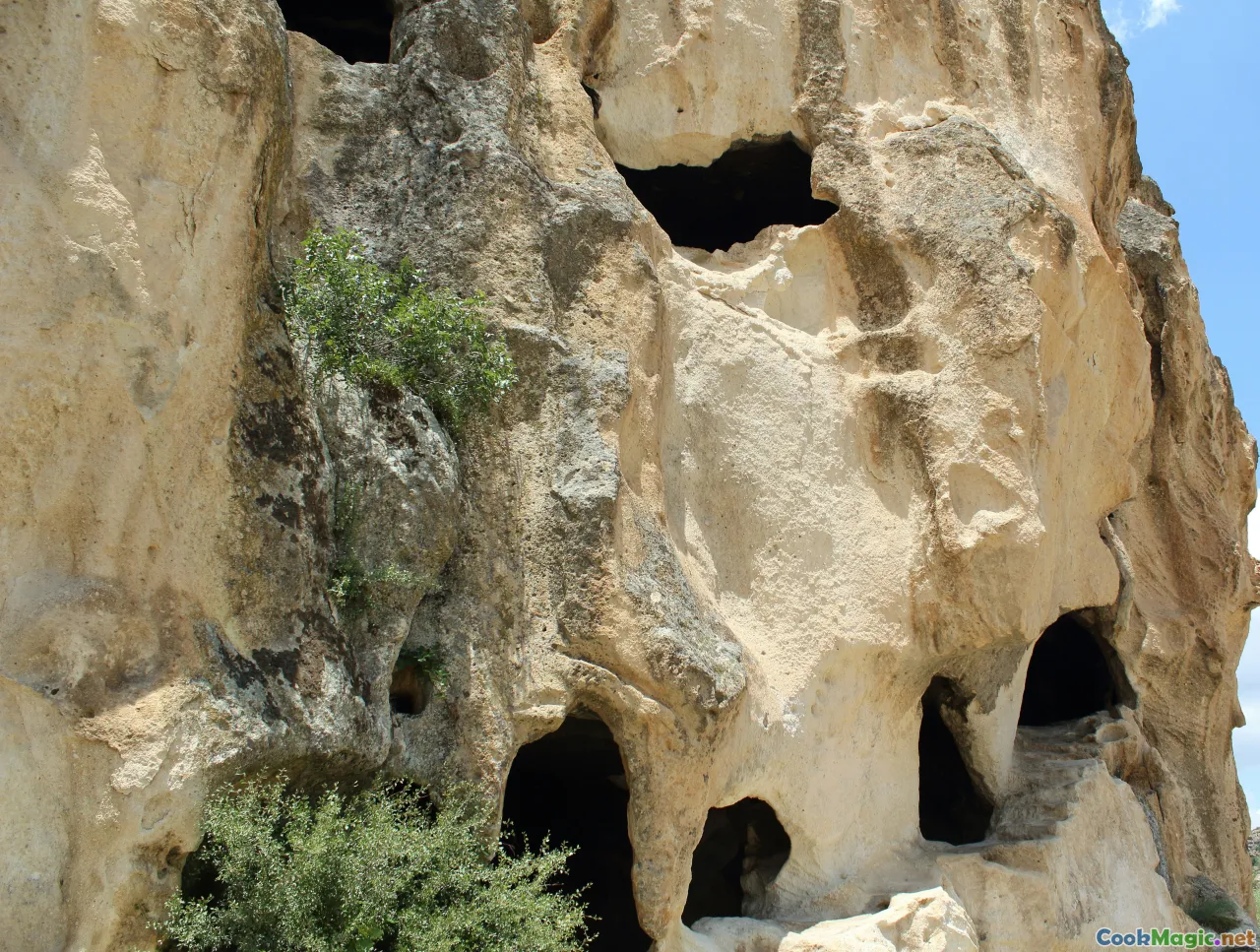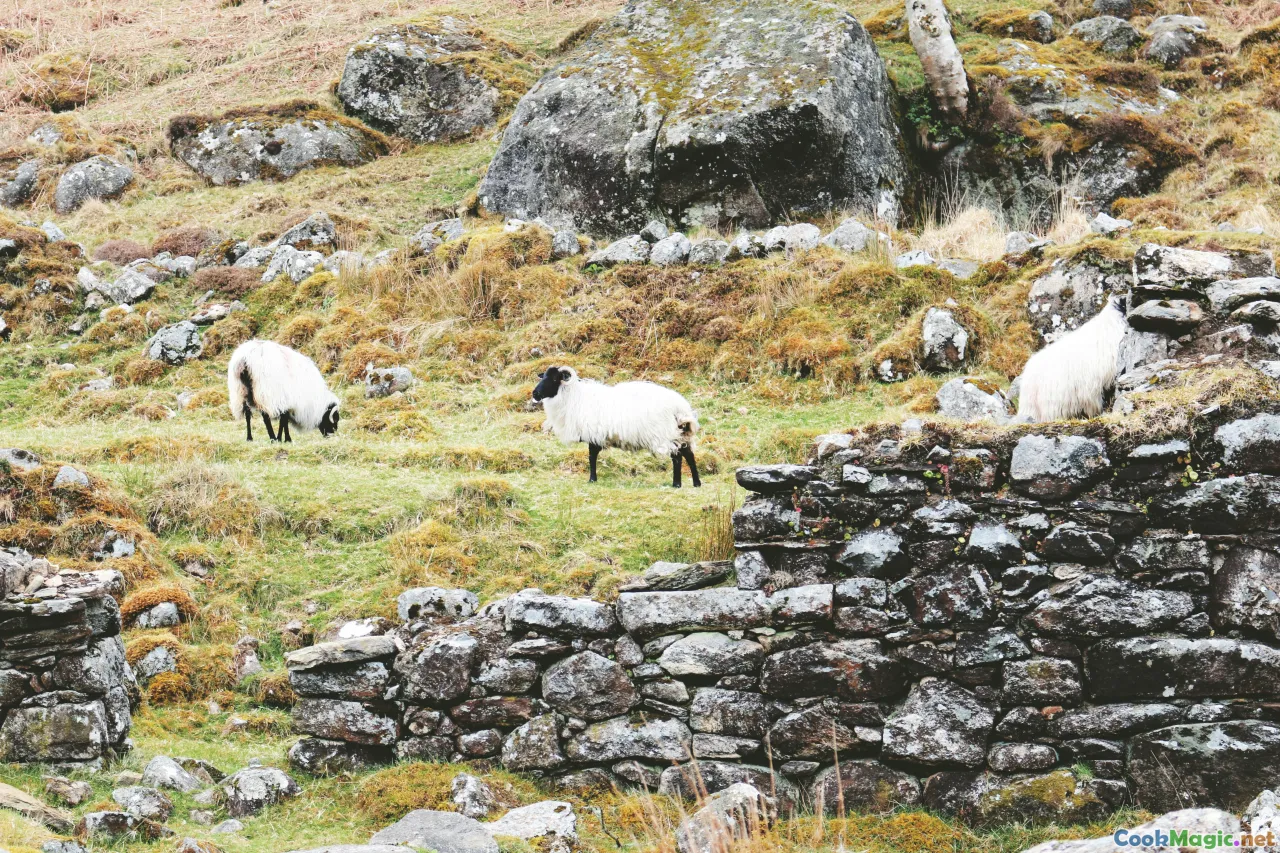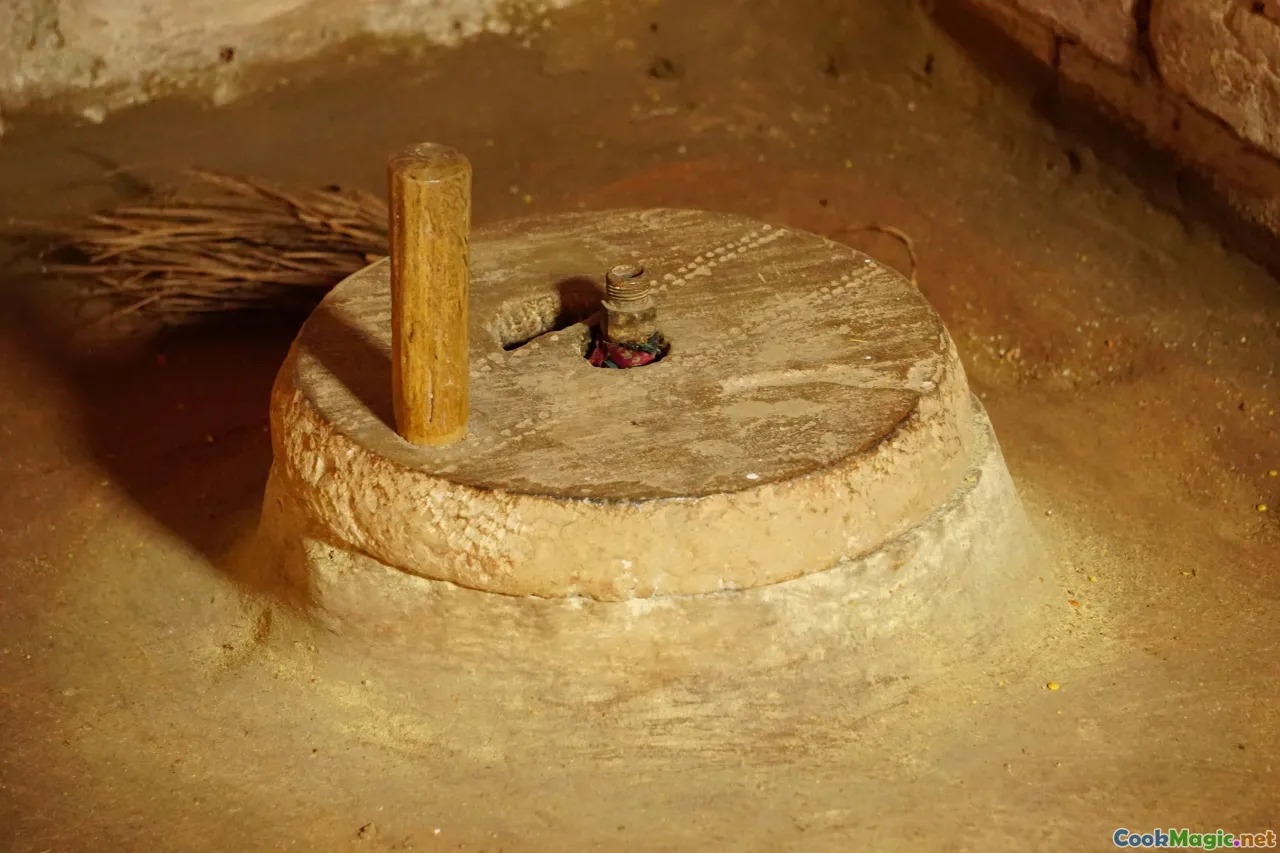History and Craft of Maltese Cheese Making
11 min read Explore the rich history and artisanal techniques behind Malta's renowned cheese-making tradition, highlighting its cultural significance and craftsmanship. September 25, 2025 00:05
The Rich Heritage and Craft of Maltese Cheese Making
Just as the Mediterranean’s warm sun caresses the rugged landscapes of Malta, so too does the island’s cheese whisper the stories of centuries-old tradition, labor, and love. From ancient times to the vibrant present, Maltese cheese is more than just a food — it’s an emblem of identity, a sensory journey, and a living testament to the island’s cultural soul. As you savor its dense, pleasantly salty flavor or feel its crumbly texture melting on your tongue, you’re participating in a heritage that has been lovingly preserved through generations.
Embark with me on an exploration of the timeless craft of Maltese cheese making — a journey that brings history to life with every slice and aroma.
The Historical Roots of Maltese Cheese Traditions

Malta’s adaptation of cheese making traces back to ancient civilizations. Archaeological finds from the Bronze Age reveal rudimentary systems of dairy fermentation, likely influenced by the Neolithic inhabitants and later by Phoenician traders who established Malta as a crossroads of commerce.
During Roman rule, dairy practices became more refined, integrating Mediterranean techniques. Records from the medieval period highlight the use of local sheep breeds, such as the Maltese sheep, known for their resilience and high-quality milk — a vital ingredient in Maltese cheese. Many of the traditional methods remained unchanged for centuries, passed down oral tradition as a cultural cornerstone.
What makes Maltese cheese particularly enchanting is the island’s terrain — limestone-rich soils and sun-drenched pastures suitable for grazing flocks that produce rich, flavorful milk essential to authentic cheese making. The harmonious blend of natural environment, historic culture, and community effort created a local cheese culture rooted in simplicity yet deep in flavor.
The Ingredients That Set Maltese Cheese Apart

The cornerstone of Maltese cheese is, unsurprisingly, the milk—predominantly from the small, hardy Maltese sheep, whose milk possesses a robust, slightly salty taste and a distinct grassy aroma. This milk is rich in butterfat, which contributes to both the creamy mouthfeel and the richness typical of traditional cheeses.
Fresh, local herbs like garlic, peppercorns, and fennel seeds are sometimes infused into the curds or used as accompaniments, adding layers of aromatic complexity. The salt used in curing is often derived from Malta’s natural salt pans, lending a mineral undertone that echoes the island’s rugged shoreline.
The use of limestone caves and stone cellars—integral to traditional aging—creates the perfect microclimate: cool, humid, and stable. Such natural conditions foster slow maturation, resulting in cheeses with a deep, layered flavor profile that develops over time.
Traditional Maltese Cheese-Making Techniques

Unlike industrial processes, Malta’s cheese making remains hands-on and rooted in tradition. Here’s a glimpse into the artisanal craft:
- Milking and Coagulation: Early mornings see flocks of sheep led to grazing lush pastures, then milked gently to preserve delicate properties. The fresh milk is filtered and heated gradually in copper or stainless steel vats.
- Adding Natural Coagulants: Traditional starters, often derived from naturally fermented whey, are added to curdle the milk. In some regions, a pinch of fine, volcanic ash has been historically used to purify and aid coagulation.
- Cutting the Curds: Once a delicate gel forms, the curds are cut carefully with traditional knives to release whey, shaping the cheese’s moisture level.
- Molding and Salting: The curds are packed into molds, often made of wood or clay, then salted by rubbing or brine soaking, forming a rind and flavor foundation.
- Aging in Limestone Caves: The cheeses are placed in specially prepared limestone caves or cellars where they mature for weeks or months. The natural humidity and temperature swings lend complexity and character—nutty, tangy, or even slightly spicy notes—unique to each batch.
Patience and observation are key; cheese makers taste and feel the cheeses regularly to judge readiness.

Varieties of Maltese Cheese: From Basics to Artisan Creations
Ħobż tal-Malti: The Cheese in Daily Life
While primarily a bread, in Malta, cheese often accompanies meals in various forms. Fresh ġbejniet — small, disc-shaped cheeses made from sheep or goat milk — are ubiquitous. They are soft, crumbly, slightly tangy, and a staple on many tables.
Imqaddsa: The Aged Masterpiece
The aged variety, known as imqaddsa, offers a denser, firmer texture with a complex flavor profile that includes hints of earthiness, nuttiness, and a subtle saltiness. These cheeses are often served sliced, drizzled with local honey, alongside crusty bread, or grated onto traditional Maltese dishes.
Għaden: The Smoked Version
Some regions experiment with smoking the cheese over aromatic woods, imparting a delicate smoky aroma complementing its saltiness—perfect on a charcuterie board or melted into local dishes.
Celebrating Craftsmanship: Malta’s Cheese Festivals and Traditions

Maltese cheese is a vital part of communal and ritual life. Festivals like the Festa ta’ l-Irmil, dedicated to the local saint, feature cheese-making demonstrations, contests for best ġbejniet, and tastings of aged cheeses. These events celebrate not just the product but the artisans behind it.
Many family-run farms still practice age-old techniques, where elders pass down stories alongside recipes, creating a living bridge between past and present.
Savoring Maltese Cheese with Cultural Dishes
Pastizzi filled with ġbejniet or ricotta
A flaky, warm pastry filled with freshly made cheeses—simple yet divine.
Rabbit stew with grated aged cheese
The earthy stew gets a savory kick from a sprinkle of Maltese aged cheese, amplifying the dish’s rustic charm.
Maltese cheese platter
A display of fresh ì ġbejniet, aged imqaddsa, and smoked varieties, accompanied by local bread, ripe figs, and a drizzle of honey.
The Future of Maltese Cheese: Sustainability and Heritage

As Malta faces modern challenges—climate change, urbanization, and globalization—the effort to preserve cheese heritage becomes even more vital. New generations of cheese artisans are blending tradition with innovation, adopting eco-friendly practices while retaining the unique essence of Maltese cheese.
Examples include organic pasture management, renewable energy use in dairies, and participatory workshops attracting younger audiences, ensuring that this cherished craft continues to flourish.
Personal Reflection: Tasting Malta’s Heritage
Having traveled across the valleys, plains, and coastlines of Malta, few experiences have been as immersive as tasting age-old cheeses in their natural habitats. Sitting in a limestone tavern, savoring ġbejniet sprinkled with local pepper, feeling the saltiness on my fingertips—these moments are oral aromatics, flavors that tell stories of land, sea, and resilience.
The tactile, sensorial layers of Maltese cheese — from the crumbly, salty disks to aged, nutty wedges — embody the very spirit of Maltese perseverance and hospitality. To partake in this tradition is to taste the history, the labor, the love, and the timeless beauty of Malta itself.
Let us cherish and support these artisanal crafts, ensuring that the echoes of ancient cheesemakers continue to be savored for generations to come.









